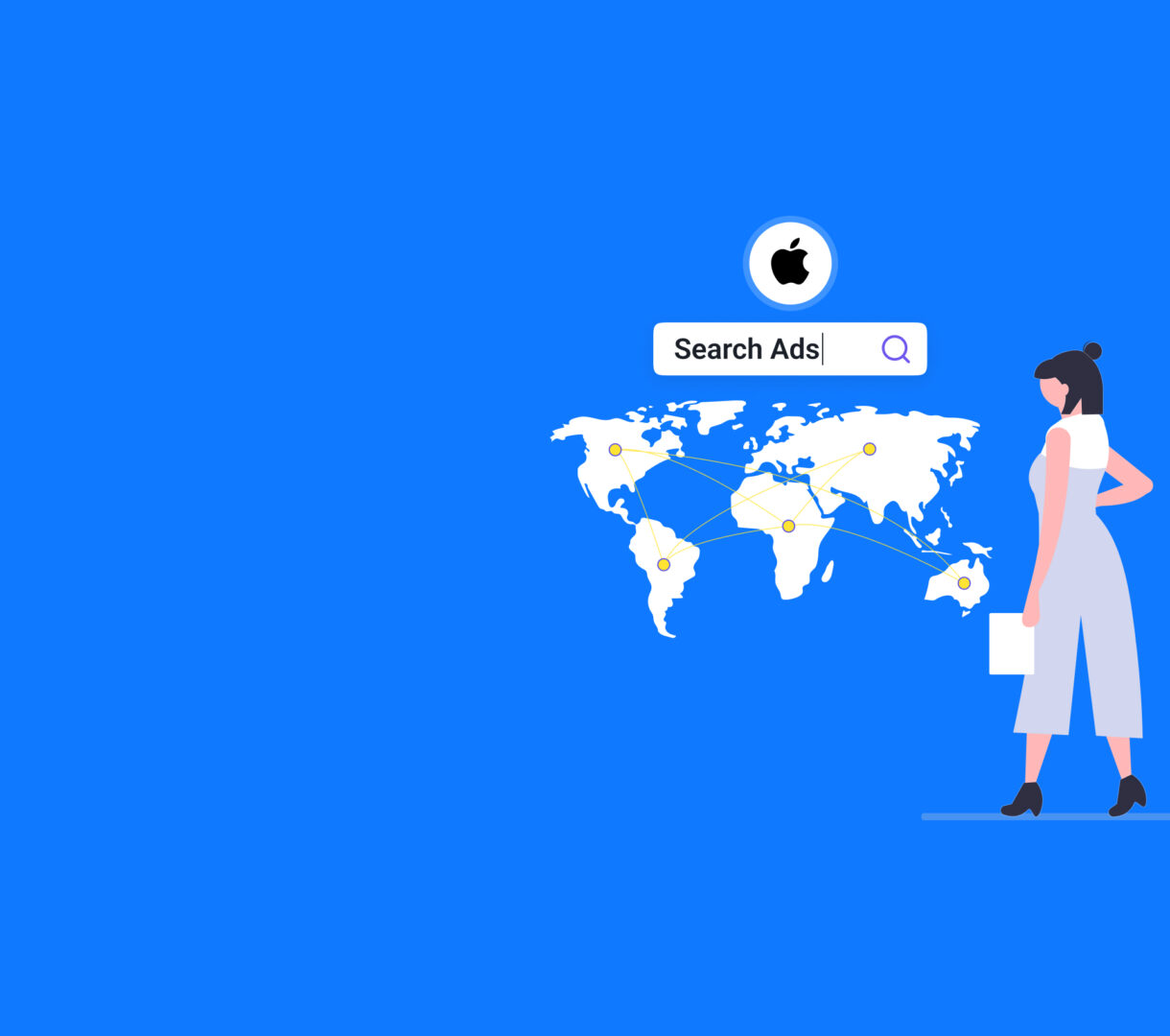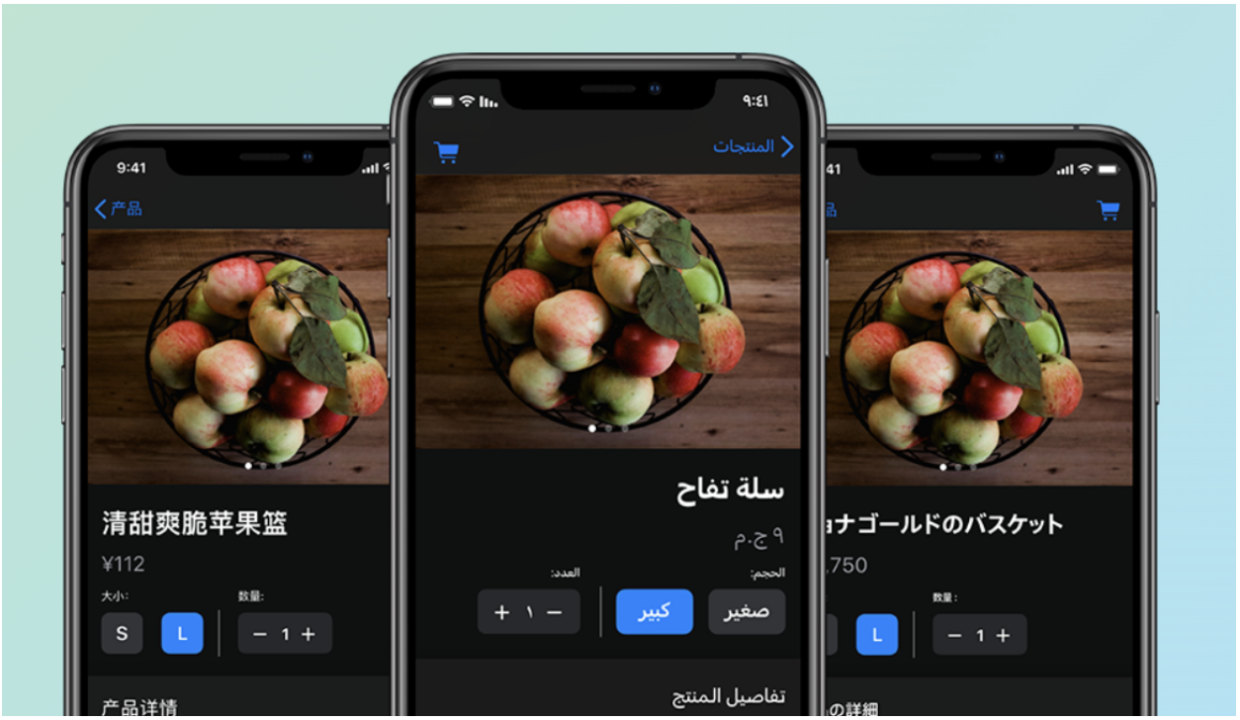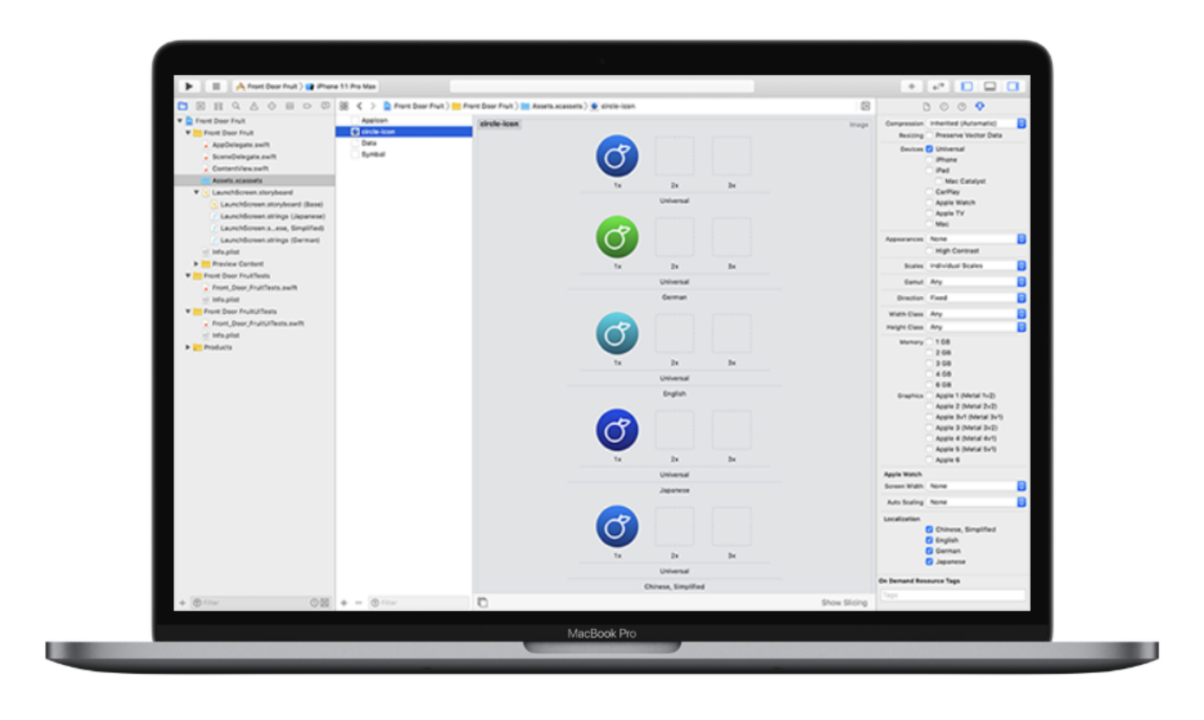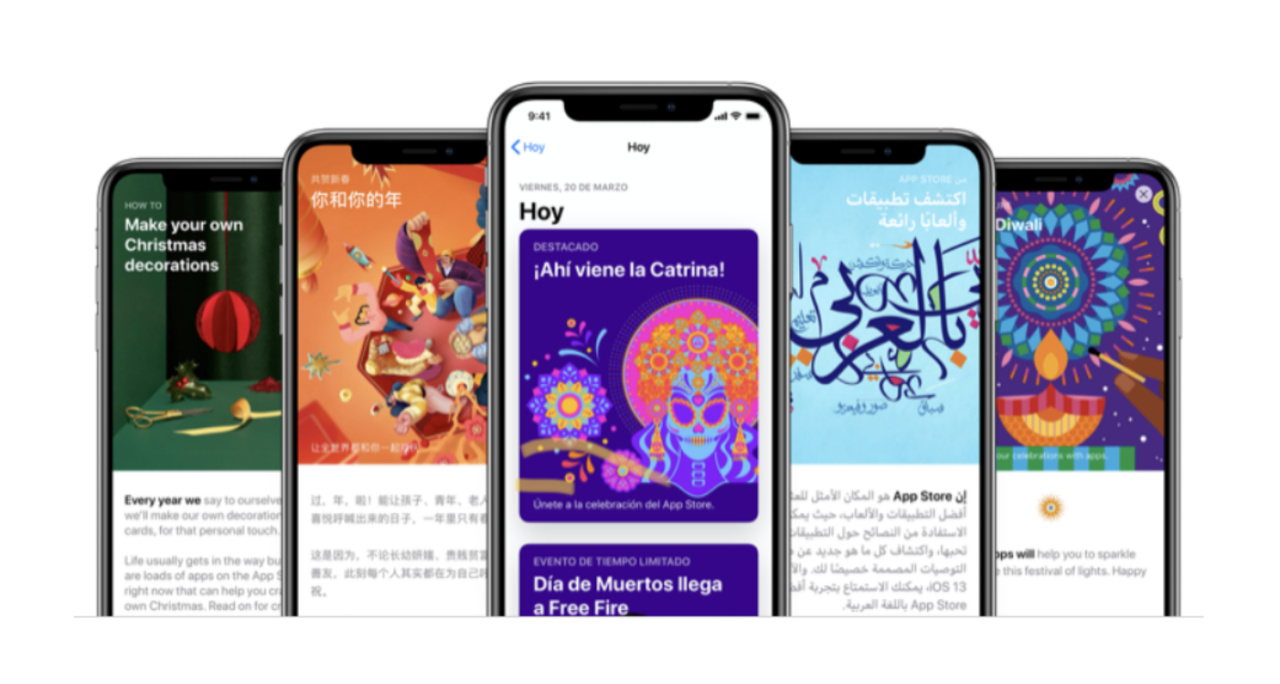
Localization Strategies for Apple Search Ads Global Expansion
Expanding your app to a global audience sounds exciting, doesn’t it? But here’s the thing—just pushing your ads worldwide isn’t enough. If your Apple Search Ads campaigns speak only one language (figuratively and literally), you’ll miss out on reaching users in a way that truly connects. That’s where localization comes in.
Just think about this, while the United States leads with about $6.5 billion in App Store spending, China follows closely at $4.5 billion, and Japan contributes around $1.7 billion—proof that the global app market is simply too valuable to overlook.
In this guide, we’re going deep into localization strategies for Apple Search Ads, showing you how to tailor your campaigns, creatives, and overall strategy to reach a global audience effectively. Whether you’re an app developer, mobile marketer, or app enthusiast looking to scale, this article is your roadmap.
Why localization matters for Apple Search Ads
Imagine walking into a store where everything’s labeled in a language you don’t speak. Confusing, right? The same thing happens in the App Store when users see ads that aren’t in their native language or don’t align with their cultural expectations.
So, why does localization matter?
- Higher engagement: Ads in the user’s native language feel personal. They’re easier to understand, which increases click-through rates (CTR).
- Improved relevance score: Apple’s algorithm favors ads that are relevant to users. Localization boosts your relevance.
- Better ROI: Tailored ads drive higher-quality installs, improving your return on ad spend.
- Competitive edge: Most apps aren’t localized well. Doing it right gives you an
immediate advantage.
Localization isn’t just a translation—it’s a transformation. It’s adapting your campaign so it feels native to the market.
How does localization impact Apple Search Ads?
Apple Search Ads are intent-based. That means they show up when users search for something specific in the App Store. If your ad isn’t localized, two things can go wrong:
- You may not appear in searches because your keywords don’t match what local users are typing.
- You might appear but get ignored, because your ad doesn’t speak the user’s language—literally and contextually.
Localized ads not only increase visibility but ensure you’re speaking the user’s language, aligning with their culture, and matching their expectations.
Tailoring campaigns to different markets with Apple Search Ads
Expanding globally isn’t about copying and pasting your U.S. campaign into other countries and calling it a day. It’s about adapting, localizing, and optimizing for each unique market. Think of it as planting seeds in different types of soil—you need to adjust your approach to get the best growth in each place.
Here’s how to tailor your Apple Search Ads campaigns market by market:
1. Choose your markets wisely
Before you throw budget at every possible country, start with data-driven decisions.
Use App Analytics to uncover:
- High-performing regions: These are countries where you already see good downloads or engagement. They’re prime for scaling up.
- Underperforming regions with potential: Maybe you’re getting traffic in Germany but conversions are weak. That’s a sign your ads are reaching people, but something’s off—likely your creatives or keywords aren’t localized.
Example:
- Your app sees a spike in app units in Brazil, but retention is poor. That might mean users are curious but don’t find the value they expected. A solution? Localize the onboarding flow and ad messaging in Portuguese to better align expectations.
Pro Tip:
Look at Lifetime Value (LTV) and User Acquisition Cost (UAC) per region. Not every country is equally profitable. Focus where the payoff is highest.
2. Segment your campaigns by region
You wouldn’t market winter coats in Australia during December, right? The same principle applies to digital campaigns.
Why segmentation matters:
- Different regions means different behaviors, seasons, languages, and competition levels.
- Segmenting allows laser-focused optimization.
Best Practices:
- Create separate campaigns for each country or language group (e.g., one for French speakers, another for German speakers).
- Customize bids
based on:
- Market size
- Competition
- Performance history
- Test regional keywords: What converts in the US may be meaningless in Japan.
Example:
- In the U.S., your fitness app may get results with keywords like “HIIT workout” or “home gym.” But in Japan, searchers might use more descriptive terms like “easy indoor exercise for beginners” or “bodyweight training at home”—longer, more specific, and culturally relevant.
3. Localize Keywords (Don’t Just Translate!)
This is where most campaigns go wrong. Many marketers plug keywords into Google Translate and call it localization. That’s not how users search.
Do this instead:
- Hire native speakers or work with localization experts to build keyword lists that reflect local search behavior.
- Use Apple Search Ads’ Search Match to discover what terms users are actually searching in each region.
- Tap into App Store Optimization (ASO) tools like AppTweak, MobileAction, or Sensor Tower with a regional focus.
Example:
- Say you’re promoting a meditation app. In English, “mindfulness” is a hot keyword. But in France, people might search “méditation pleine conscience” or even more benefit-driven terms like “réduction du stress” (stress reduction).
- In India, the same app may need keywords like “guided sleep meditation” or culturally specific terms like “yoga nidra.”
Bonus Insight:
Don’t forget slang and regional spelling! “Color” (US) vs. “Colour” (UK) or “Soccer” (US) vs. “Football” (EU).
Tailoring your Apple Search Ads campaigns by market is not optional—it’s essential if you want to scale effectively and build loyal user bases around the world.
Best practices for localizing Apple Search Ads creatives
Once your Apple Search Ads campaign structure is dialed in, it’s time to tackle the heart of what users actually see: the creatives. Creatives—your screenshots, videos, app previews, and metadata—play a huge role in influencing installs. And when you’re marketing across different regions, localization isn’t just a bonus—it’s a must.
Let’s break it down step by step:
1. 🎨 Localize screenshots and videos
Users from different regions don’t just want to read in their own language—they want to see it reflected visually in the app. That means:
- UI in the local language: If you’re targeting the French App Store, your screenshots should show the app interface in French, not English. This builds trust and helps the user imagine using your app day-to-day.
- Region-specific imagery: Avoid making your screenshots feel foreign. For example, don’t use New York City landmarks in screenshots targeting Japan. Instead, tailor visual elements to match local environments, fashion, and even device types that are popular in the region.
- Localized videos for use cases: Let’s say you’re promoting a fitness app. In the U.S., a video might show a user doing a solo HIIT workout. But in Japan, where group activity and subtlety may resonate more, consider showing a group workout scene or more modest attire.
- Use Apple’s Xcode Localization Screenshots: With Xcode’s Localization Screenshots feature, you can automate generating screenshots in multiple languages, saving tons of time while keeping quality consistent.
Pro Tip: Prioritize localizing creatives for your top-performing markets first. Use data to identify where the biggest opportunity lies.
2. 🌏 Cultural relevance matters
Designing for different cultures isn’t just about translating words—it’s about translating experience.
- Visual cues differ: Something as simple as an emoji 😊 can carry different meanings. In some cultures, a smile with teeth might seem overly casual or even disrespectful in formal settings.
- Color psychology changes: Red means love or energy in the West, but it can signal danger, luck, or even mourning in other parts of the world, depending on the context.
- Idioms don’t always translate: A phrase like “Hit the ground running” might confuse non-native speakers. Stick to clear, universal language in taglines and copy.
- Design for Right-to-Left (RTL) languages: For languages like Arabic and Hebrew, your UI and creatives must be mirrored, and text must align appropriately. Apple’s design tools support RTL layout adjustments—use them.
Key takeaway: Cultural sensitivity builds trust, while cultural missteps cost credibility and conversions.
3. ✍️ Adapt product page metadata
Metadata is your app’s storefront, and it must feel local.
Here’s what you need to localize:
- App title: Translate meaningfully, not literally. A clever play on words in English might need a completely different approach in Spanish or Korean to have the same emotional or persuasive impact.
- Subtitle:
Optimize it for each region’s top value proposition. What resonates with users in
Brazil might not appeal to users in Canada.
Description: This is your sales pitch. Localize it not just linguistically, but contextually. Include popular local terms and features that address pain points specific to that audience. - Keywords: Do not just translate keywords—research them. Use local ASO tools or services to find high-volume, low-competition keywords relevant to that language and culture.
- Screenshots and previews: As discussed, they must match the localized UI and cultural norms of the target region.
- Use App Store Connect: Apple allows you to localize your app’s metadata for each language and territory. Take full advantage of it—it’s the difference between a generic app and a regionally beloved one.
Pro Tip: Track performance by market. Use analytics to see which localized creatives are performing best, and double down on what’s working.
When you localize with intention, you move from just being available in a market to being welcomed there.
Apple Search Ads gives you the ability to reach the right user. Localized creatives ensure you resonate with them. Don’t let a generic, one-size-fits-all creative be the bottleneck that costs you installs and ROI.
In short:
- Speak their language.
- Show their culture.
- Respect their context.
That’s how you turn browsers into believers—and downloads into loyal users.
What elements should be localized?
Let’s make it simple. Here’s a checklist of elements you should localize for Apple Search Ads success:
- Ad Creatives: Screenshots, videos, promotional text.
- Metadata: Title, subtitle, keywords, descriptions.
- Keywords: Based on local search behavior.
- App UI: Language, icons, color schemes.
- Legal and informational pages: Privacy policy, terms of service, onboarding.
Don’t forget to localize in-app content too. If the ad is localized but the app is not, users will bounce quickly.
Additional tips for successful global expansion
1. Prepare for a Global Audience
Use Apple’s internationalization tools like:
- Xcode’s Export for Localization
- Foundation APIs for localized dates, currencies, etc.
- Auto Layout for dynamic UI adjustments
- Unicode support for multi-language input
These tools make it easier to structure your app for localization before you even translate a word.
2. Evaluate market fit before launch
Ask:
- Does this market value what our app offers?
- How does our app compare to local competitors?
- Are there regional trends we can ride (e.g., back-to-school season, holidays)?
3. Test and iterate
Use TestFlight to gather feedback from real users in your target region. Also:
- Run A/B tests for creatives
- Monitor performance by territory in Apple Search Ads
- Watch metrics like tap-through rate (TTR), conversion rate (CR), and cost-per-acquisition (CPA)
Ready to go global? Let Healing take you there
Localization can skyrocket your global performance—but only if it’s done right. If you try to do everything on your own, you risk wasting ad spend and missing key opportunities.
That’s where Healing comes in.
As a top-tier user acquisition agency, Healing has the expertise, data, and tools to help you launch and scale your Apple Search Ads campaigns across the globe. From crafting culturally relevant creatives to optimizing ad performance by territory, they’ve done it all—and they do it well.
Want to expand globally with localized ads that convert? Hire Healing today and let them power your global growth.
Why localization matters for Apple Search Ads
How does localization impact Apple Search Ads?
Tailoring campaigns to different markets with Apple Search Ads
2. Segment your campaigns by region
3. Localize Keywords (Don’t Just Translate!)
Best practices for localizing Apple Search Ads creatives
1. 🎨 Localize screenshots and videos
2. 🌏 Cultural relevance matters
3. ✍️ Adapt product page metadata
What elements should be localized?
Additional tips for successful global expansion
1. Prepare for a Global Audience


